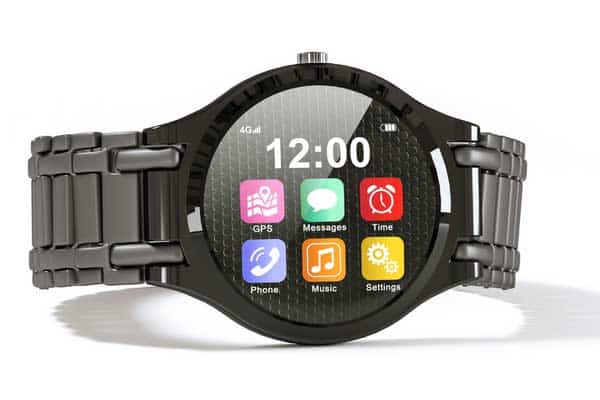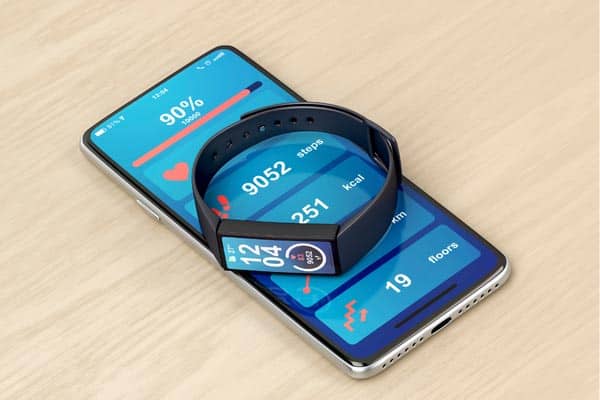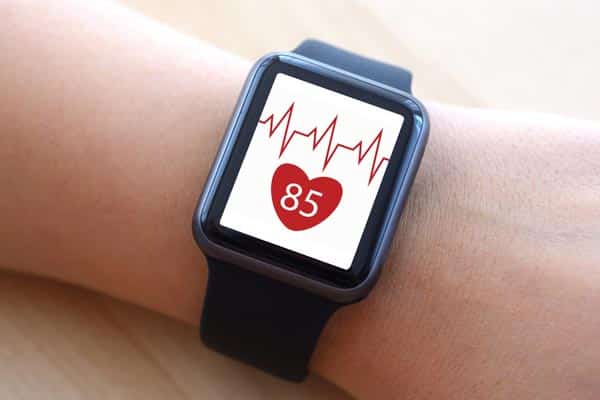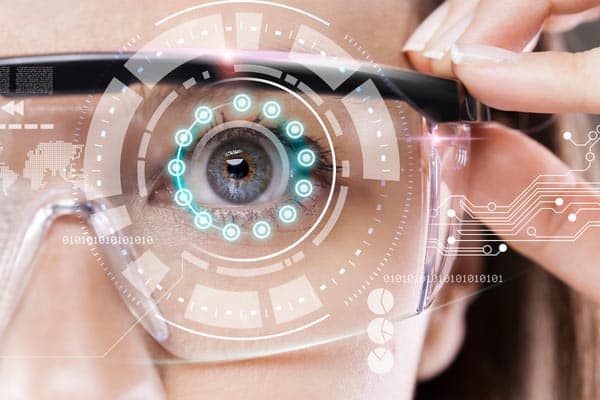
Wearable technology has come a long way since its inception, and it is now more popular than ever. From fitness trackers and smartwatches to smart glasses and hearing aids, wearables are becoming a part of our daily lives and changing the way we live and interact with the world. In this blog, we’ll explore the world of wearable technology and see how it’s changing the game.
What is Wearable Technology?
Wearable technology refers to electronic devices worn on the body, such as smartwatches, fitness trackers, and smart glasses. These devices typically have sensors that collect data about the wearer, such as their heart rate, steps taken, and location. They can communicate this information to other devices or the cloud.
Benefits of Wearable Technology
There are several benefits to wearable technology, including:
- Convenience: Wearables make it easier to access important information and stay connected with others, without having to reach for your phone or computer.
- Health and Fitness: Many wearables come with sensors that can track your physical activity, sleep patterns, and heart rate, making it easier to monitor your health and fitness goals.
- Safety: Wearables with GPS and emergency alert systems can provide a level of safety and peace of mind, especially for those who are elderly or have medical conditions.
- Entertainment: Wearables such as smartwatches and glasses can be used for entertainment, such as playing games, listening to music, and watching videos.
Popular Types of Wearable Technology
- Smartwatches: These are wearable devices that work like a miniature computer on your wrist. They can be used to check emails, make calls, and track fitness and health data.
- Fitness Trackers: These devices are worn on the wrist or clipped to clothing and are designed to track physical activity, such as steps taken, calories burned, and sleep patterns.
- Smart Glasses: These glasses allow the wearer to access information, control devices, and even watch videos hands-free.
- Hearing Aids: These wearable devices amplify sound to help those with hearing loss. Some models also have additional features, such as Bluetooth connectivity and noise cancelling.
- Clothing: Clothing with built-in sensors, such as smart shirts and smart socks, can track physical activity, heart rate, and other important health metrics.
Future of Wearable Technology
The future of wearable technology looks promising, and there are several new and exciting developments on the horizon. Some of the areas where wearable technology is expected to grow in the coming years include:
- Medical Devices: Wearables are expected to play a larger role in healthcare, including devices that monitor vital signs, provide pain management, and even assist with physical therapy.
- Augmented Reality: Wearables that use augmented reality, such as smart glasses, are expected to become more advanced and widely used, especially in gaming and entertainment.
- Artificial Intelligence: Wearables that use artificial intelligence are expected to become more common, allowing the devices to learn from the wearer and provide more personalized experiences.
Wearable technology projects using Arduino
We will now explore some of the top wearable technology projects using Arduino.
1. Smart Watch: A smartwatch is a wearable device that displays time, notifications, and other information on a wrist-mounted display. Arduino can be used to build a smartwatch with a simple OLED display, a battery, and a few buttons. The device can be programmed to display the time, date, weather, and incoming messages from your smartphone.

2. Fitness Tracker: A fitness tracker is a wearable device that tracks your physical activity, heart rate, and other health-related metrics. Using Arduino, you can build a fitness tracker that measures your steps, distance, and calories burned. The device can be programmed to display the data on a simple OLED display and store it in the onboard memory for later analysis.

3. Heart Rate Monitor: A heart rate monitor is a device that measures the number of heartbeats per minute. Using Arduino, you can build a heart rate monitor that uses a photoplethysmograph (PPG) sensor to measure the blood flow in your finger. The device can be programmed to display the heart rate in beats per minute and store it in the onboard memory for later analysis.

4. Smart Glasses: Smart glasses are wearable devices that display information and other data directly in front of your eyes. Using Arduino, you can build smart glasses that display the time, weather, and incoming messages from your smartphone. The device can be equipped with a simple OLED display, a battery, and a few buttons.

5. Body Temperature Monitoring: A body temperature monitor is a device that measures the temperature of your body. Using Arduino, you can build a body temperature monitor that uses a thermistor or a temperature sensor to measure the temperature. The device can be programmed to display the temperature in degrees Celsius or Fahrenheit and store it in the onboard memory for later analysis.
In conclusion, wearable technology is an exciting field that has the potential to revolutionize the way we live and work. With the help of Arduino, you can quickly build and develop wearable devices that can perform various tasks, from tracking fitness and health data to displaying notifications and environmental conditions. Whether you are a beginner or an experienced maker, Arduino provides a simple and cost-effective solution for building wearable technology.
